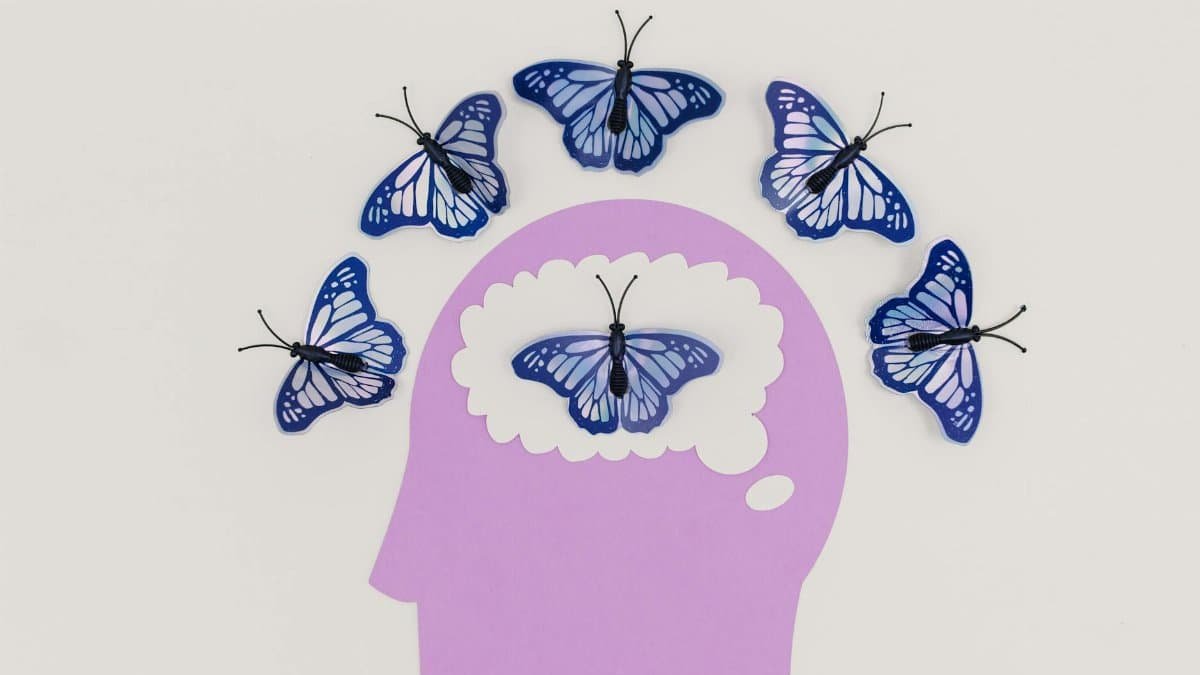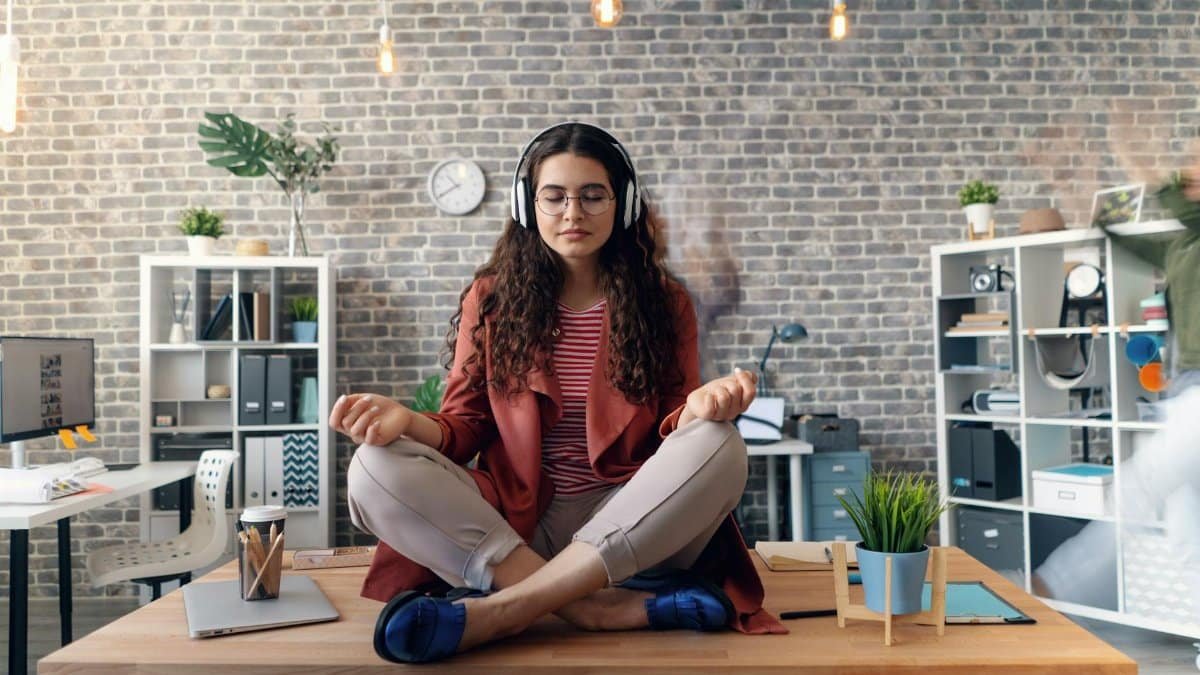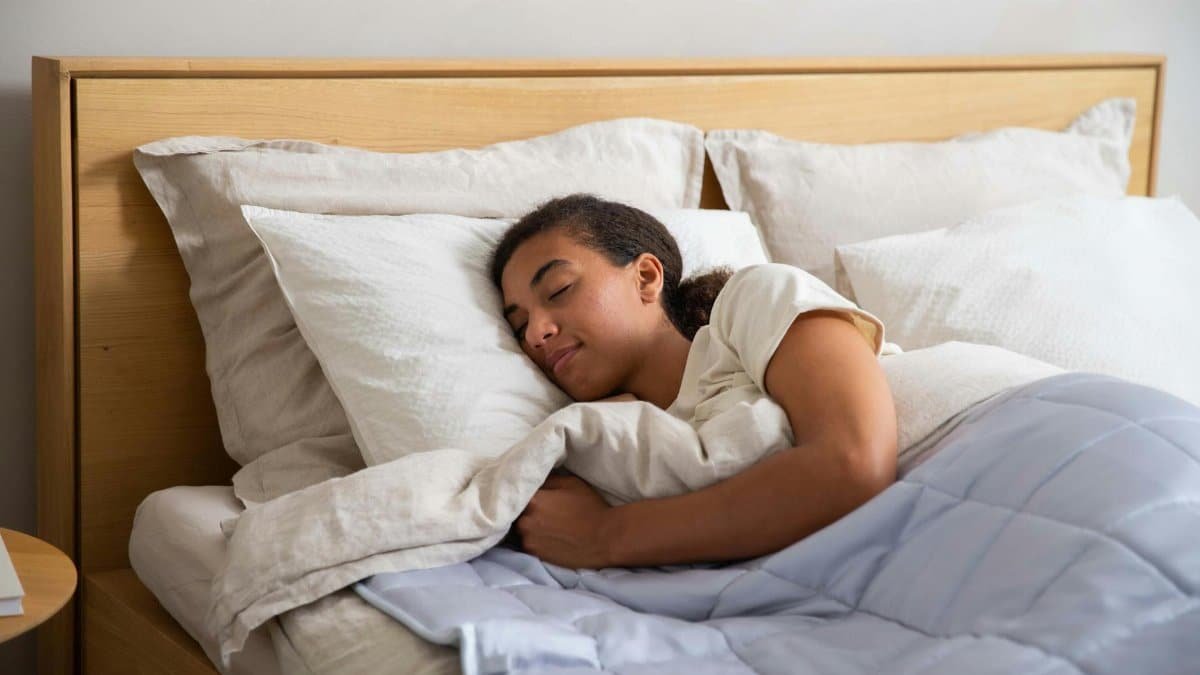Did you know that over 14% of U.S. adults now turn to meditation to combat sleep issues, according to recent surveys? In a fast-paced world where insomnia affects millions, wellness meditation healing is emerging as a go-to remedy. This practice combines mindfulness techniques with restorative breathing to promote deeper rest and overall balance. As more Americans report stress-related sleep disruptions, experts say it’s not just hype—it’s backed by science showing real improvements in sleep quality. From busy professionals to stressed parents, people are ditching pills for peaceful sessions that heal both mind and body.
The Rising Sleep Crisis in America

America’s sleep problem is getting worse. The Centers for Disease Control and Prevention reports that one in three adults don’t get enough shut-eye. Stress from work, screens, and daily chaos keeps people tossing and turning. Enter meditation: a simple tool that’s gaining traction. Unlike sleeping pills with side effects, meditation offers a natural path to relaxation. In 2025, with remote work blurring boundaries, more folks are seeking ways to unwind without chemicals.
How Meditation Rewires the Brain for Rest

Science backs it up. Meditation activates the parasympathetic nervous system, dialing down the fight-or-flight response. Studies from Harvard Medical School show it increases melatonin production, the hormone that regulates sleep. Practitioners often report falling asleep faster and staying asleep longer. Wellness meditation healing focuses on guided imagery and breathwork, helping users release tension built up during the day. It’s not magic—it’s neurology at work, making it a smart choice for those battling chronic insomnia.
Real Stories from Everyday Americans

Take Mike Thompson, a 42-year-old accountant from Chicago. “I was up until 3 a.m. every night,” he says. After starting a 10-minute meditation routine, his sleep improved dramatically. Similar tales echo across the country. A survey by the American Psychological Association found that 60% of meditators experienced better sleep within weeks. These anecdotes highlight why wellness meditation healing is resonating—it’s accessible, free, and effective for real people facing real pressures.
Comparing Meditation to Traditional Sleep Aids

Forget the Ambien. Meditation doesn’t come with groggy mornings or dependency risks. Research from the National Institutes of Health indicates that mindfulness practices rival cognitive behavioral therapy for insomnia. While pills mask symptoms, meditation addresses root causes like anxiety. In 2025, with rising healthcare costs, Americans are opting for cost-free alternatives. Apps like Headspace make it easy, turning phones into sleep saviors instead of distractions.
Expert Insights on Getting Started

Dr. Elena Rossi, a sleep specialist at Johns Hopkins, advises beginners: “Start small—five minutes before bed.” She emphasizes consistency over perfection. Wellness meditation healing involves focusing on the breath to quiet racing thoughts. For best results, combine it with a dark, cool room. Experts recommend apps or online classes to guide newcomers, ensuring they build habits that stick. It’s about creating a ritual that signals the body it’s time to rest.
The Role of Technology in Modern Meditation

Tech is making meditation mainstream. Wearables like Fitbit track sleep patterns and suggest meditation sessions. A study published in the Journal of the American Medical Association found that app-based mindfulness reduced insomnia symptoms by 40%. In urban hubs like New York and Los Angeles, virtual reality meditation experiences are popping up. This blend of ancient practice with modern tools is why more Americans are choosing it for healing and better sleep in 2025.
Potential Drawbacks and How to Overcome Them

Not everyone finds it easy. Some report initial frustration when thoughts wander. Experts say that’s normal—patience is key. If meditation feels overwhelming, try shorter sessions or group classes. A report from the CDC’s Sleep and Sleep Disorders page notes that combining it with exercise boosts efficacy. Addressing these hurdles ensures more people stick with wellness meditation healing for long-term benefits.
Meditation’s Broader Impact on Daily Life

Beyond sleep, it enhances focus and reduces stress. Users often feel more resilient during the day. A Pew Research Center analysis shows growing adoption among millennials, who cite improved work-life balance. In a nation grappling with mental health challenges, this practice offers holistic healing. As 2025 unfolds, expect more workplaces to incorporate meditation breaks, recognizing its role in employee wellness.
Future Trends in Sleep Wellness

Looking ahead, personalized meditation programs are on the rise. AI-driven apps will tailor sessions based on user data. According to a study from the National Institutes of Health, such innovations could make it even more effective. With sleep tech evolving, Americans will have more tools to choose meditation for sustainable healing and restful nights.
